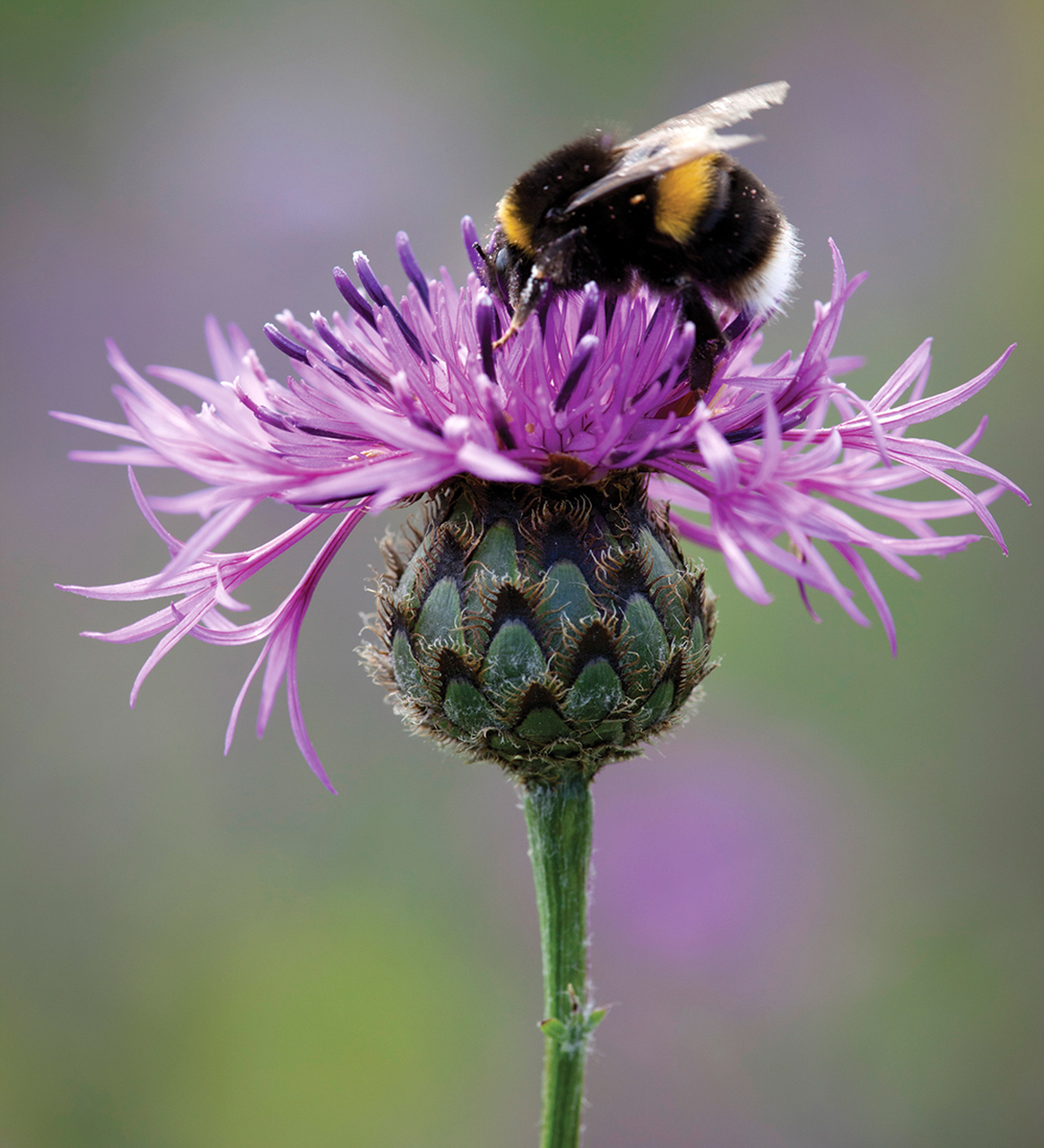pollinator super plants
 Many cultivated garden plants have limited wildlife value. Years of selection for increasing showy blooms has resulted in flowers losing their attraction to pollinators, but there are plenty of traditional,
cottage garden plants which are tiptop as far as these insects are concerned.
Many cultivated garden plants have limited wildlife value. Years of selection for increasing showy blooms has resulted in flowers losing their attraction to pollinators, but there are plenty of traditional,
cottage garden plants which are tiptop as far as these insects are concerned.
It’s important to remember that you need a good succession of flowers – food sources – spread across the year. Bees and butterflies hibernate in winter, so don’t need to forage when it’s truly cold, but it’s good to think of having a food source in your garden from March to November and at least a few winter-flowering plants that can be used by bees on some warmer sunny days.
Which flowers are the best is an area of intense research, (the RHS is also running research – the Plants For Bugs Project at Wisley), so this list will be refined and improved in the next couple of years and it’s important to take all lists with a pinch of salt as they are so selective, and can give the wrong impression that there are only a few good plants when in fact there are many, but those below are of particular interest to pollinator insects, the tiptop, superlative crew.
As a general rule, it’s the blues, mauves and purples spectrum of plants which are richest for nectar...
We sell many of these as seeds and/or plants at SarahRaven.com, find them at Pollinator friendly seeds.
November - February
Chaenomeles, Clematis cirrhosa, Eranthis - winter (aconites), Lonicera x purpusii, Mahonias winter flowering e.g. ‘Charity’, Viburnum tinus.
March
Crocus, Erica carnea, Primroses and polyanthus – All, Pulmonaria, Rosemary, Single Snowdrops, Violets – All, Willows
April
Aubrieta, Doronicum, Grape hyacinth, Honesty - Lunaria, Fruit blossom – pear, cherry, plum, Poppies – Iceland varieties, All Primroses and polyanthus plus cowslips Rosemary, Violets – All, Wallflowers
May
Alliums, Aquilegia, Borage, Cowslips, Fruit blossom – apple and crab apple Hardy geraniums, Hesperis – sweet rocket, Honesty – Lunaria, Lychnis – Ragged Robin, Lupins (early ones), Poppies – Iceland varieties and all early singles, Ribes sanguineum, Rosemary, Strawberry
June
Alliums, Angelica, Borage, Catmint/Nepeta, Coriander, Delphiniums, Eryngiums e.g. Miss Wilmott’s Ghost, Hesperis – sweet rocket, Honeysuckle e.g. Belgica, Lupins, Lychnis – Ragged Robin, Marigolds – open centred forms better than multi-petalled forms, Marjoram, Poppies – all singles, Roses e.g. Lucetta, Sages/salvias, Scabious – all, Stachys, Thyme, Valerian – real, as well as the red form, Viper’s Bugloss
July
Alliums, Angelica, Borage, Buddleias, Catmint/Nepeta, Chamomile, Coriander, Dahlias – single and semi-double varieties e.g. Bishop of Llandaff and Classic Rosamunda, Delphiniums, Globe thistles/Echinops, Eryngiums or sea hollies, e.g. Eryngium planum, E x tripartitum, Fennel, Honeysuckle eg. Belgica, Lavenders, Liatris, Lupins, Lychnis – Ragged Robin, Lysimachias, Knapweeds, Marigolds, Marjoram, Phlox, Poppies – all single varieties, Raspberry and Blackberry, Roses eg. Lucetta, Sages/salvias, Scabious – all, Stachys, Thyme, Valerian – real, as well as the red form, Verbena bonariensis, Veronicastrum, Viper’s Bugloss
August
Borage, Buddleias, Caryopteris, Chamomile, Coriander, Dahlias – single and semi-double varieties eg. Bishop of Llandaff and Classic Rosamunda, Eupatorium, Fennel, Helenium, Lavender, Liatris, Lysimachias, Knapweeds, Marjoram, Phlox, Poppies – all single varieties, Roses eg Lucetta, Sages/salvias, Sedum spectabile, Scabious – all, Sunflowers, Thyme, Valerian – real, as well as the red form, Verbena bonariensis, Veronicastrum, Viper’s Bugloss
September
Aster amellus, Aster novae-angliae, Colchicum, Clematis heracleifolia, Dahlias – single and semi-double varieties e.g. Bishop of Llandaff and Classic Rosamunda, Delphiniums – 2nd flowering, Eupatorium, Echinaceas – all, Fennel, Ivy flowers, Liatris, Phlox, Rudbekias – all, Sages/salvias, Scabious, particularly now the long-flowering Scabiosa atropurpurea varieties, Verbena bonariensis
October
Aconitum carmichaelii, Aster lateriflorus, Crocus - early varieties eg. Crocus tommasinianus and C. chrysanthus, Dahlias – single and semi-double varieties e.g. Bishop of Llandaff and Classic Rosamunda, Echinaceas – all, Ivy flowers, Rudbekias – all, Salvia leucanthina, Verbena bonariensis